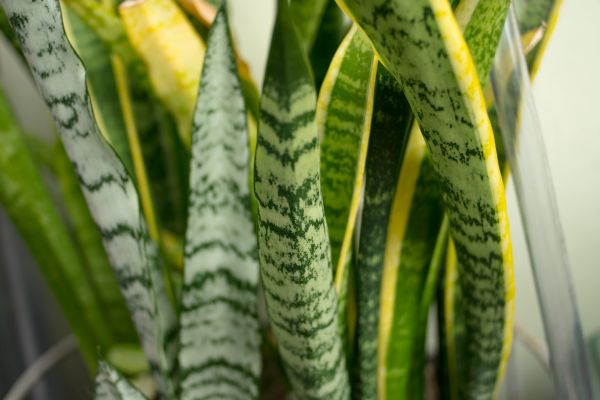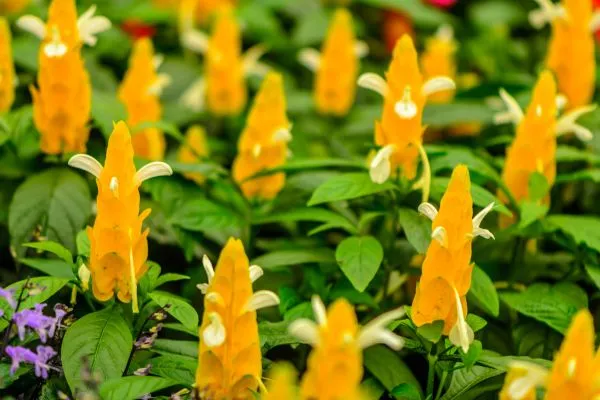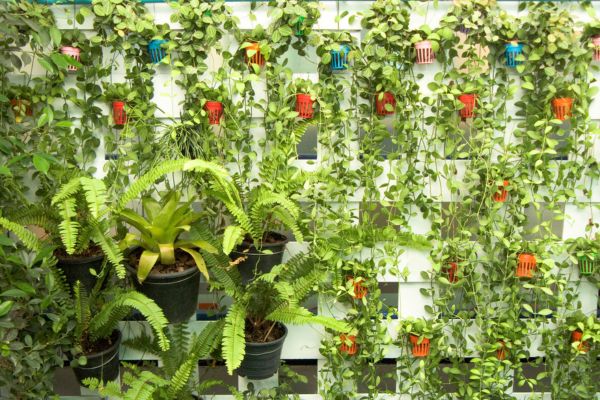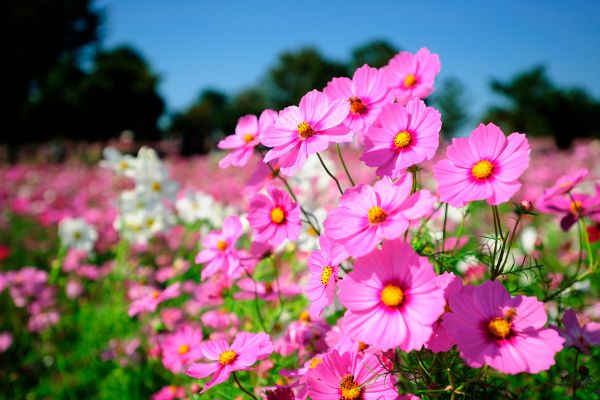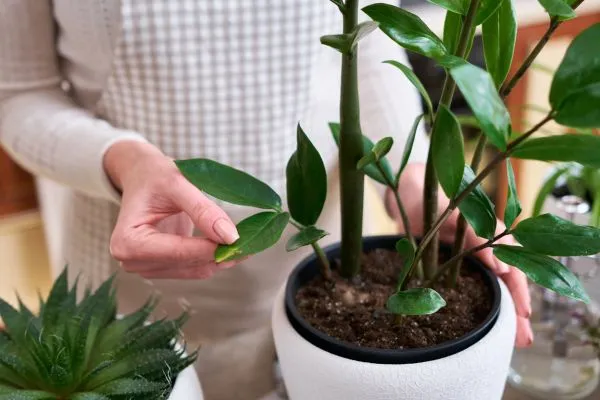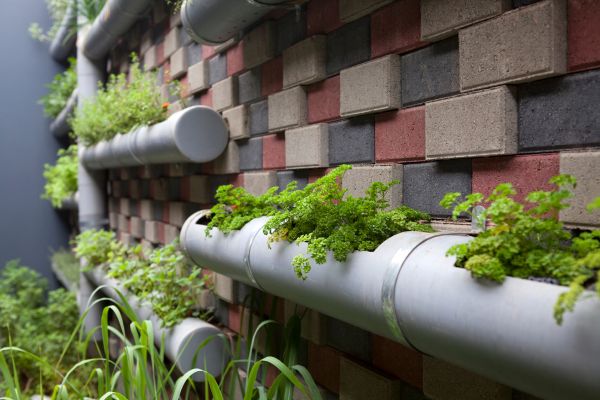White Ipê: The Enchanting Beauty of Nature in Bloom
O White Ipe It is one of the most beautiful manifestations of Brazilian flora, standing out for its exuberance and elegance.
Also known scientifically as Tabebuia roseo-alba, this majestic example of nature is appreciated not only for its imposing presence, but also for its medicinal and ecological properties.
In this article, we will explore the distinct characteristics of White Ipê, its natural habitat, therapeutic uses and, of course, tips for growing this wonder in your own garden.
Description and Characteristics of Ipê Branco
O White Ipe It is a medium to large tree, reaching impressive heights ranging from 12 to 30 meters. Its flowers usually appear in early spring, forming a stunning visual spectacle, with shades ranging from pure white to soft cream.
The leaves of Ipê Branco are compound and appear after flowering, providing a notable contrast between the intensity of the flowers and the green of the leaves.
A striking characteristic of Ipê Branco is its resistance to adverse conditions, such as poor soil and low humidity. This adaptability makes it a popular choice for landscapers and gardening enthusiasts throughout Brazil.
Natural Habitat and Geographic Distribution
O White Ipe It is native to South America, with its geographic distribution covering extensive areas of Brazil. This species is found mainly in cerrado, caatinga and semi-deciduous forest regions, thriving in tropical and subtropical climates. Its presence is notable in states such as Minas Gerais, São Paulo, Bahia and Goiás.
The adaptation of Ipê Branco to different climatic conditions and soil types contributes to its wide distribution, making it an essential part of the ecosystem in many areas of the country.
Cultivation and Care of White Ipê in the Garden
Cultivate the White Ipe in your own garden can be a rewarding experience, providing not only aesthetic beauty but also benefits to the local environment. Here are some tips for successful cultivation:
- Soil choice: Ipê Branco is adaptable, but prefers well-drained, nutrient-rich soils. Be sure to provide an environment conducive to the plant's healthy development.
- Sun exposure: This species thrives in direct sunlight, so choose a location that receives at least a few hours of sunlight daily.
- Moderate watering: White Ipê is drought resistant, but regular watering is essential during the first years of growth. After this period, the plant tends to be more self-sufficient.
- Proper pruning: Pruning can be performed to shape the tree and remove dead branches. However, avoid drastic pruning, as White Ipê does not respond well to intense cuts.
Distinctive Characteristics of White Ipê
White ipê is notable for its unique characteristics, which include:
Dazzling White Flowers: The flowers of the white ipê are a true wonder of nature, forming inflorescences that surround the tree with an explosion of white. The sight of a white ipe tree in full bloom is genuinely memorable.
Deciduous Foliage: The white ipê is a deciduous tree, losing its leaves during the dry season, but reappearing with a profusion of flowers in the rainy season.
Impressive Height: White ipê trees can reach heights of up to 15 meters, becoming undisputed protagonists in the landscape.
Long life: White ipê is a long-lasting tree, able to live for decades, presenting future generations with its beauty.
The Symbolism of White Ipê
In addition to its stunning beauty, white ipê carries deep symbolism in Brazilian culture. This tree is often associated with several meanings, such as:
Purity and Serenity: White symbolizes purity, and white ipê is often linked to peace and purity of spirit.
Strength and Persistence: Its thick shell and ability to survive in diverse weather conditions represent endurance and perseverance.
Renewal and Rejuvenation: The falling of leaves in the dry season and flowering in the rainy season symbolize the idea of renewal and a new beginning.
FAQ – Frequently Asked Questions about Ipê Branco
Can Ipê Branco be grown in regions with harsh winters?
Yes, White Ipê is resistant and can withstand moderately cold winters. However, it is advisable to provide some protection in the first few years of the plant's life.
What specific care is needed to keep an Ipê Branco healthy?
In addition to standard soil care, sun exposure and watering, avoiding excessive pruning and protecting the plant from common pests are recommended practices.
Is there a specific variety of Ipê Branco that is most recommended for residential gardens?
Tabebuia roseo-alba is the most common species and is suitable for residential gardens due to its moderate size and easy cultivation.
Does Ipê Branco attract pollinators, such as bees and butterflies?
Yes, Ipê Branco flowers are known for attracting pollinators, contributing to the biodiversity of the environment.
Conclusion
O White Ipe It is a true jewel of Brazilian nature, combining stunning beauty with therapeutic and ecological benefits. Its cultivation not only provides a memorable visual spectacle, but also promotes sustainability and biological diversity in our local environments.
By exploring the unique characteristics of Ipê Branco, we can connect more deeply with the natural wealth that Brazil offers. Therefore, consider including this magnificent specimen in your garden and allow the magic of Ipê Branco to flourish in your everyday life.

